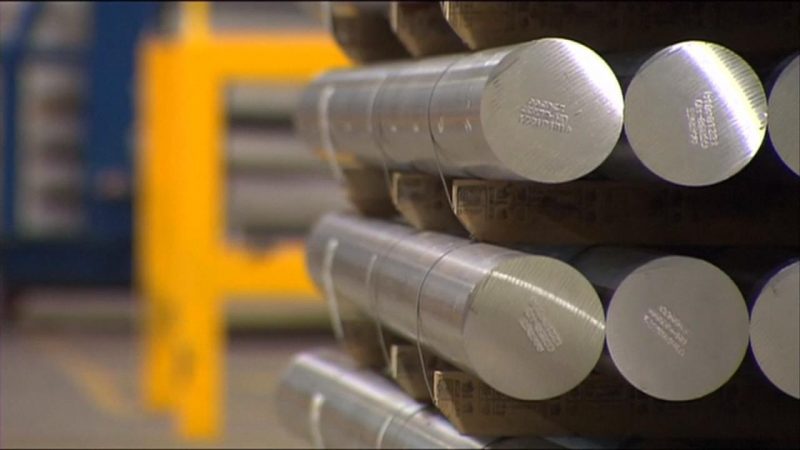
EU Pushes US to Remove Tariffs on Steel and Aluminum Derivatives
The European Commission is calling on the United States to remove tariffs on steel and aluminum derivative products, arguing that the EU has met its obligations under the current trade agreement. European Commissioner for Trade Maroš Šefčovič stated that Brussels expects progress on areas of the deal that remain inactive.
As part of the agreement, both sides committed to addressing excess steel and aluminum capacity through protective measures. While US tariffs on derivatives remain at 50%, the EU now proposes its own countermeasures. These include raising duties on imported steel to 50%, cutting existing quotas by nearly half, and tightening controls on the origin of steel imports.
Šefčovič stressed that the EU’s proposed actions mirror the US approach, aiming to align transatlantic steel trade policies. He emphasized that removing US tariffs on embedded metals in goods such as appliances must follow. In a formal letter, Šefčovič urged US officials to end the practice of calculating duties based on embedded steel and aluminum content.
Steel Tariffs, Quotas, and Overcapacity: What’s at Stake?
Currently, the US tariffs cover hundreds of steel and aluminum derivative goods. In August, the US added 407 new product categories, maintaining a 50% duty on the metal content and 15% on non-metallic components for EU-made products. These tariffs continue to impact European exporters significantly.
In response, the European Commission proposed a new safeguard package on October 7. The plan would limit duty-free steel imports to 18.3 million tons annually, marking a 47% cut from the 2024 quota. Imports exceeding that threshold would face a 50% duty, doubling the current rate.
These measures reflect the EU’s intention to shield its steel sector from global overcapacity, especially from producers with state-backed expansion. However, Brussels views reciprocal tariff removal by the US as essential to restore fairness and balance in transatlantic trade.
SuperMetalPrice Commentary:
The EU’s escalation reflects deeper frustration with unresolved US steel tariffs, especially those targeting derivative goods. While the EU takes steps toward mirroring US safeguards, the lack of reciprocity could delay broader trade normalization. These tensions highlight the fragility of the US-EU metals agreement. With global overcapacity intensifying, aligned policy—not parallel protectionism—will better serve both economies. If the US maintains its position, further EU countermeasures seem inevitable.







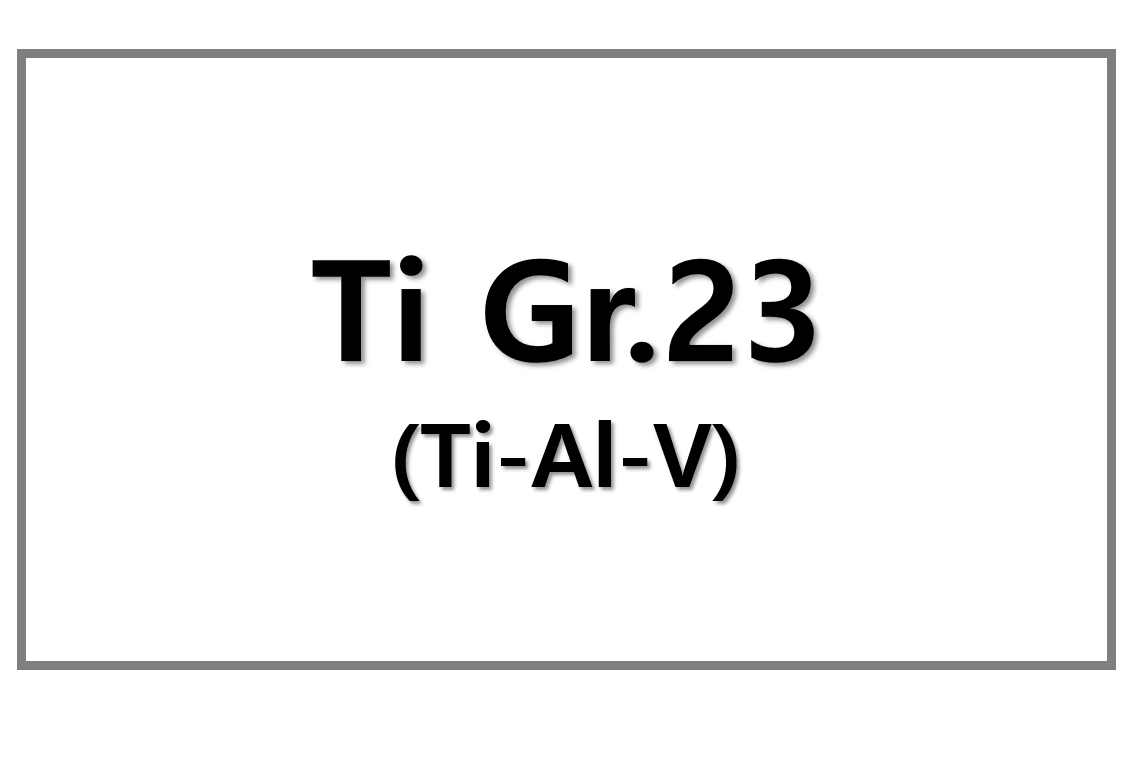
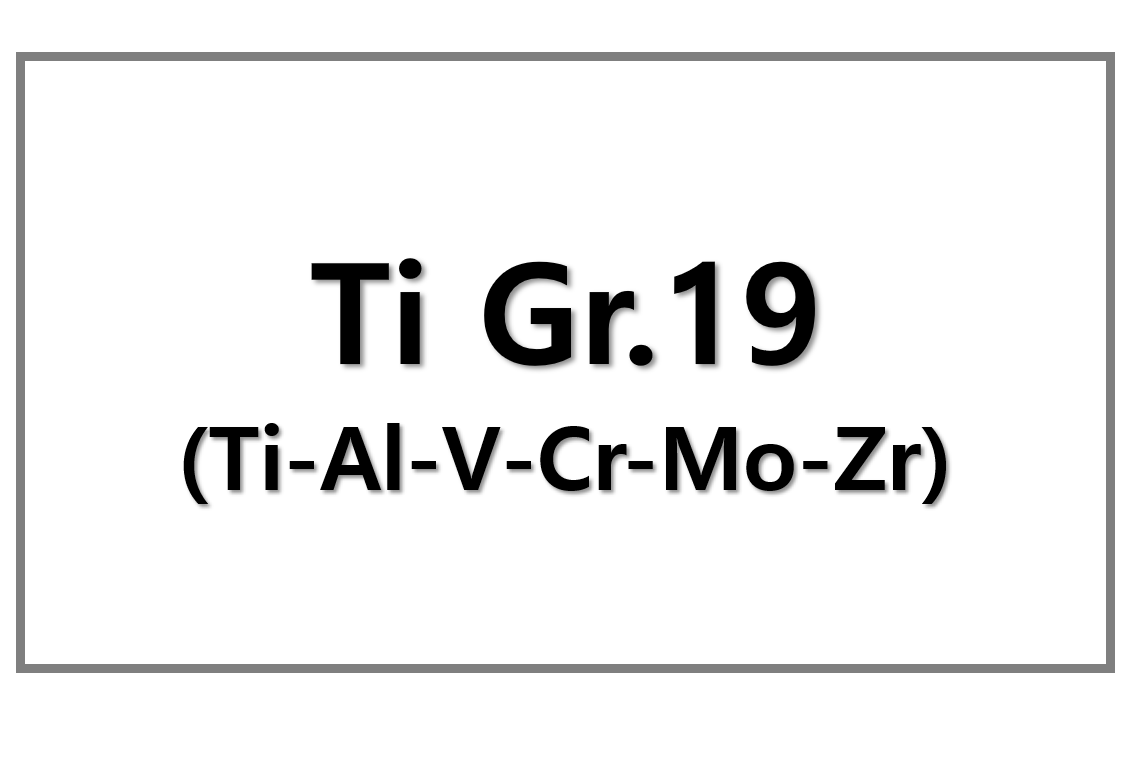
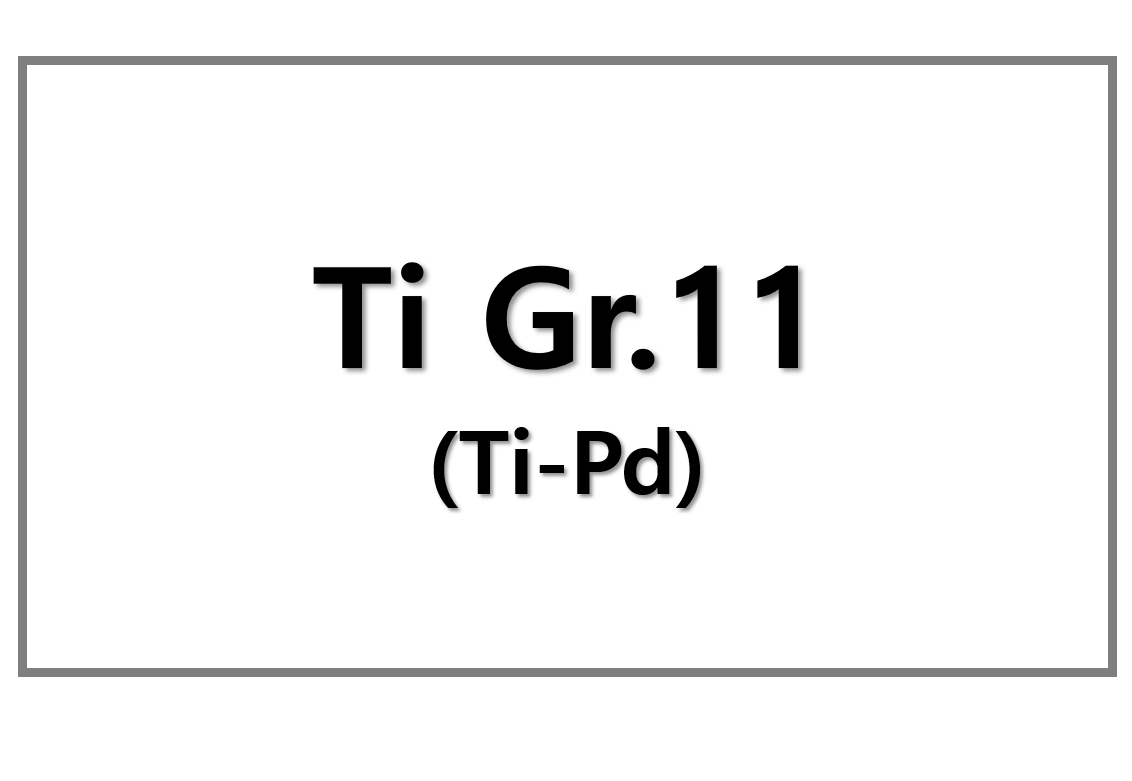
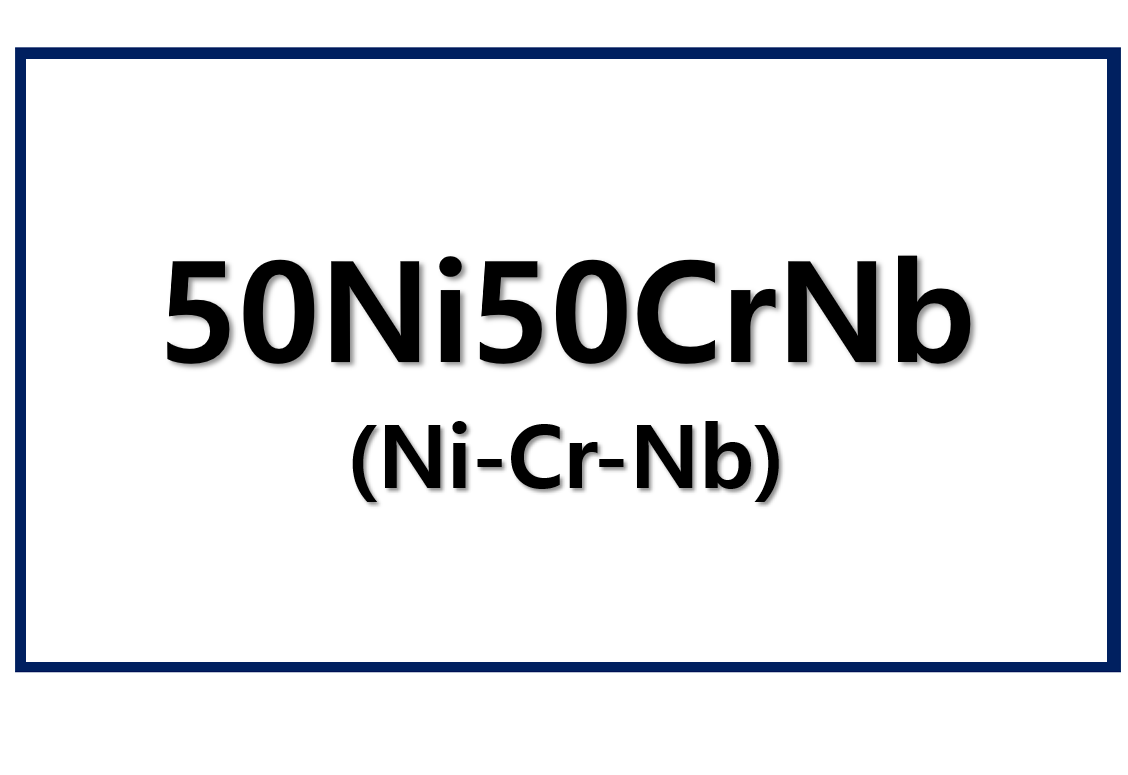
Leave a Reply
You must be logged in to post a comment.